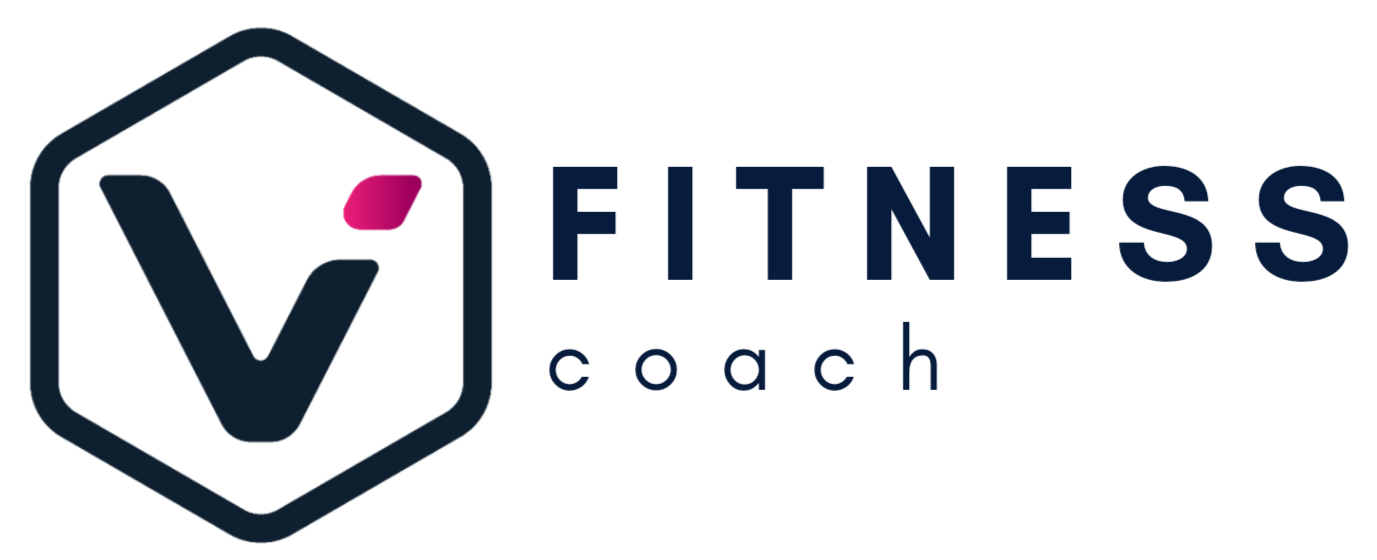Importance of Heart Rate zones
When it comes to your fat loss journey, this topic is definitely worth paying close attention to. Give it your full focus.
Cardio can be a powerful tool for achieving your fat loss goals. When your body burns more calories than it takes in, it starts using stored fat as fuel. Cardio workouts are a great way to boost calorie burning, both during and after exercise. In fact, your body’s metabolic rate stays elevated as it works to recover from the workout, leading to even more calorie burning.
When it comes to losing fat, it’s important to keep in mind that you should also try to prevent muscle loss. This is because muscle mass is really important for your metabolism. Muscle tissue burns more calories than fat, even when you’re not doing anything. That’s why it’s so important to preserve your muscle tissue – it helps keep your metabolism working at its best. Plus, losing muscle can also impact your strength and endurance, and even change the way your body looks.
When you’re on a low-calorie diet or doing intense workouts, your body goes into a state where it breaks down muscle tissue to generate energy. This is called a catabolic state. Doing cardio can also lead to muscle breakdown if not done in a smart way. But don’t worry. You can still lose fat while minimizing muscle loss by following some specific strategies.
The Science of Heart Rate Zones
Understanding your heart rate zones can help you get the most out of your cardio workouts. By staying within certain ranges of your maximum heart rate, you can optimize the benefits of your exercise while minimizing muscle loss. To calculate your maximum heart rate, simply subtract your age from 220. It’s a simple and effective way to improve your training!
Please note that if you have a heart condition or are taking beta-blocker medication, the equation mentioned earlier won’t be valid for your situation. This means that you’ll need to calculate it manually. It’s highly recommended that you reach out to your coach for proper guidance.
Low-Intensity Steady State (LISS): 50-60% of your maximum heart rate. You can achieve this by doing activities like brisk walking or gentle swimming. It’s great for burning fat while minimizing muscle breakdown. It’s perfect for beginners, as well as for recovery days or longer workouts (as it is less intense, so you will last for longer).
Moderate-Intensity Cardio (MIC): This particular zone, which makes up around 60-70% of your maximum heart rate, is all about activities like jogging at a brisk pace or cycling. The real benefit of this zone is that it helps you burn a combination of fat and carbohydrates, which is great for maintaining a healthy balance between fat burning and muscle mass. To sum it up, the MIC zone is highly versatile and suitable for people at different fitness levels.
High-Intensity Interval Training (HIIT): In this type of workout, you’ll go through periods of intense activity (80-90% of your maximum heart rate) followed by recovery periods. HIIT can burn a lot of calories in a short amount of time and even keep burning calories after the workout is done. But, doing too much or too long HIIT can be tough on your muscles and may result in muscle loss. If you love high intensity exercises, this should be done strategically.
Strength Training: If you’re looking to maintain your muscles and prevent muscle loss during periods of calorie deficit, incorporating strength training into your workout routine is a great idea. It also helps to increase your BMR (basal metabolic rate) which is a bonus. Aim for two to three strength training sessions per week alongside your cardio routine and you’ll be on your way to a healthy and fit lifestyle.
Days 2 and 4 on your weekly schedule
In this program, it’s best to work in what’s called the “fat-burning zone” or “zone 2”. This means working at about 60-70% of your maximum heart rate (MIC: Moderate-Intensity Cardio). It’s not too intense, so you can keep it up for about an hour without feeling completely exhausted. To make sure you’re in the right zone, you can use a fitness tracker or smartwatch, or even just pay attention to how you feel. You should definitely break a sweat, turn a bit red in the face, and be able to talk in short sentences, but not be completely out of breath. After your workout, you should feel like you need a shower, but not like you’ve been hit by a truck.
